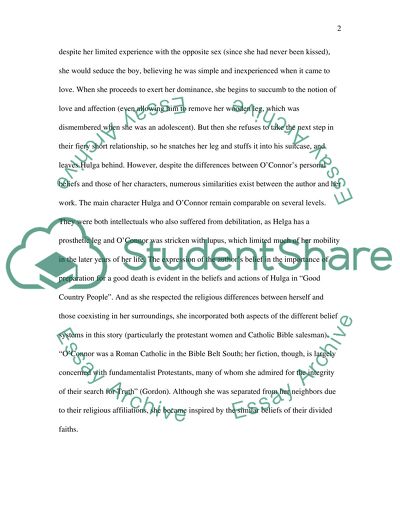Cite this document
(“Flannery O'Connor Essay Example | Topics and Well Written Essays - 1500 words”, n.d.)
Retrieved from https://studentshare.org/miscellaneous/1555810-flannery-oconnor
Retrieved from https://studentshare.org/miscellaneous/1555810-flannery-oconnor
(Flannery O'Connor Essay Example | Topics and Well Written Essays - 1500 Words)
https://studentshare.org/miscellaneous/1555810-flannery-oconnor.
https://studentshare.org/miscellaneous/1555810-flannery-oconnor.
“Flannery O'Connor Essay Example | Topics and Well Written Essays - 1500 Words”, n.d. https://studentshare.org/miscellaneous/1555810-flannery-oconnor.


